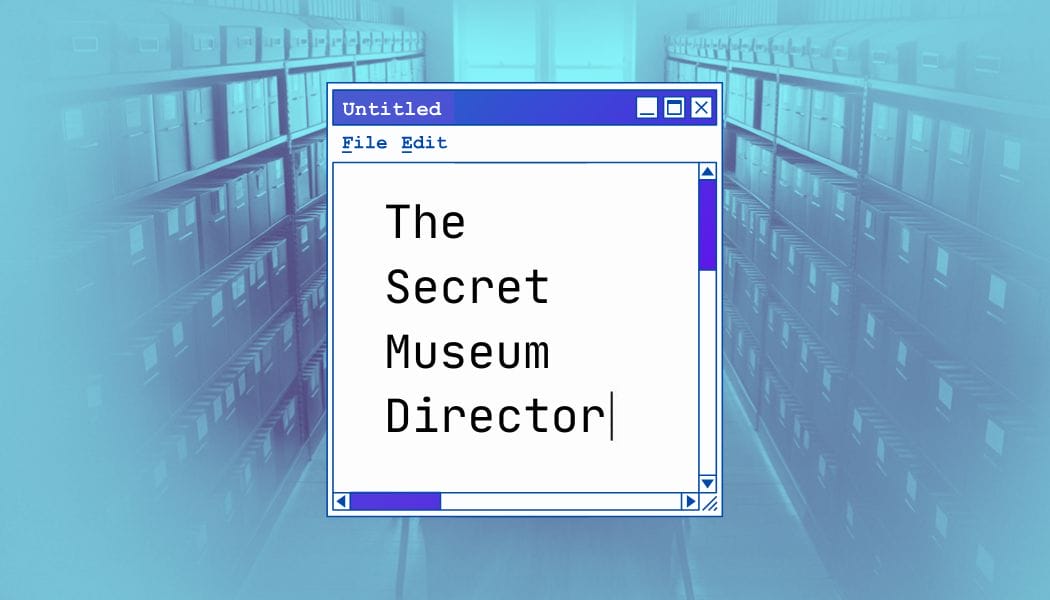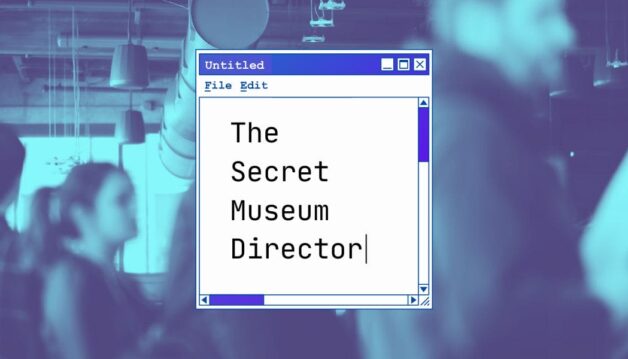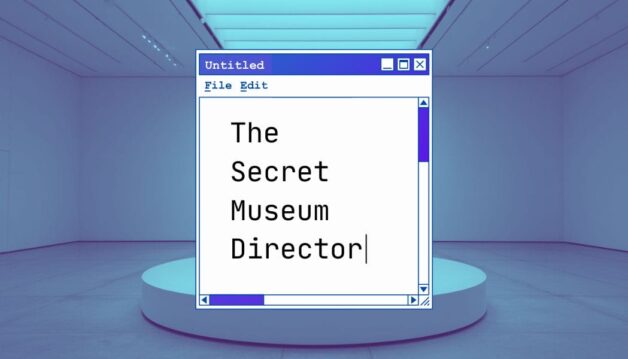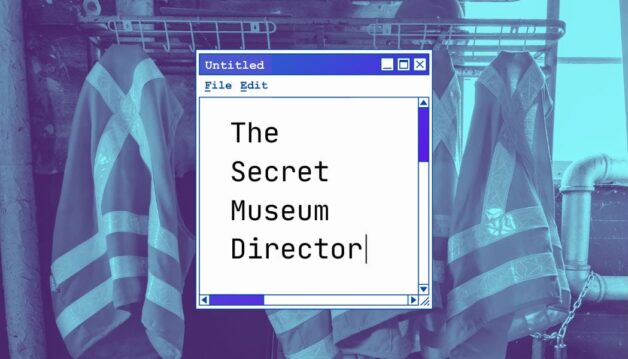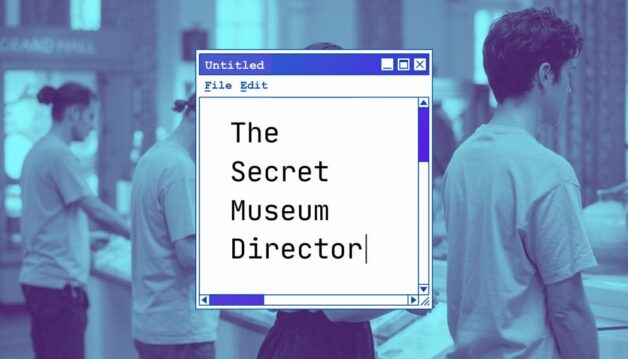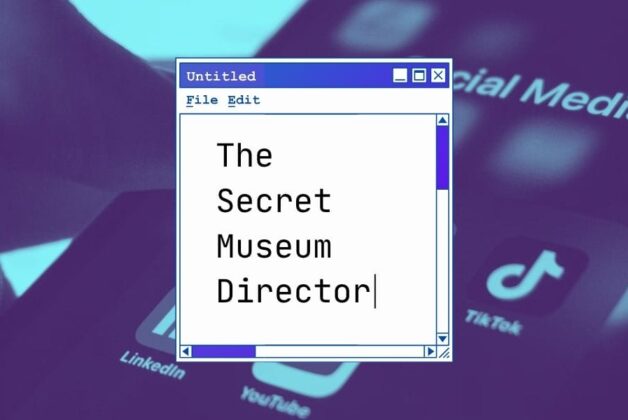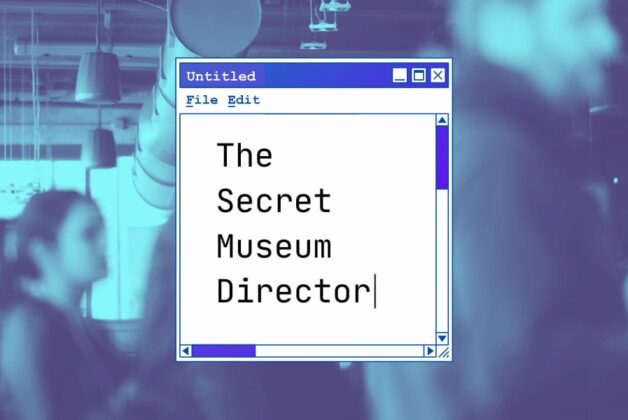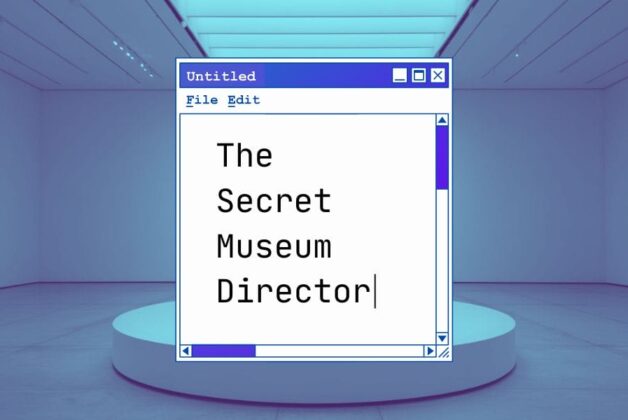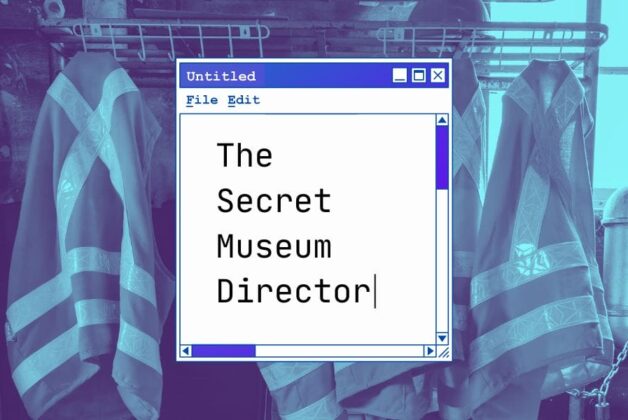The Secret Museum Director explores an uncomfortable truth: museums don’t just preserve history, they edit it with every object not on show.
I spend a large proportion of my life inside these walls. I understand the notion of what we, and museums everywhere are trying to be; we want to be a place to remember: a place passing down history via artefacts and stories. To the public, a museum is a place of memory. To me, it has equally become a place of forgetting.
Most mornings, before visitors arrive, I walk the corridors. I check the cases, watch for blown bulbs, and play the day’s actions over in my head. I straighten a label or two. And yet, as I pass each display, I cannot help but think of the things that are not there, the objects I have hidden away, the histories I have helped erase.
I remember one donation. Or should I say, an object which came to us through “donation,” though everyone involved knew it had been taken in controversial circumstances. Its presence was too stark, too alive, it spoke of a past we preferred to frame as defeated. The trustees voted against displaying it. “Too politically charged,” they said. So I signed the form, and the item was lowered into a drawer in the sub-basement. It has slept there for twenty years.
Then there was the smoke-stained banner from a famous event. When first catalogued, I argued that it belonged in a particular part of our museum. One patron, a wealthy man, threatened to withdraw his endowment were we to display it. So the banner went into storage. The case where it might have hung is now filled with items one might consider more mainstream.
I have written the labels that reduce complex narratives into a single paragraph. I have watched curators smooth the edges of violent histories into words like “contact,” “exchange,” “influence.”
We have, in contrast, sometimes firmly rejected items and stories requested of us by our visitors. One such request being so emotive it led us to consult various partners and stakeholders as to the consequences. Try as we might, we decided it did not, should not, and could not, fit with what we were saying. And I don’t mean historically, it most certainly fit the story, but it was, to be simplistic, too big of a risk to discuss. And so, once again, we mould the story to fit our institution.
People ask why so much of the collection is hidden. The easy answers come first: lack of space, conservation needs, fragile materials. All true. But the harder truth is this: we hide things that do not fit the story. The museum is not a neutral space; it is an editor. It trims the past into a shape that is comforting, manageable, presentable…or, dare I say, what is enticing, exciting and what influential people agree will work in your space. What does not fit is silenced.
I have written the labels that reduce complex narratives into a single paragraph. I have watched curators smooth the edges of violent histories into words like “contact,” “exchange,” “influence.” I have approved galleries where a nation’s story rises in neat succession, as though it were inevitable, as though it were bloodless.

At night, when the lights are off and the corridors hum with silence, I sometimes unlock the storage vaults. I lift lids, I unroll textiles, I run my hands over carvings unseen by the public for decades. Down there, among the forgotten, the museum feels most honest. It is no longer a stage set, no longer a shrine to certainty, but a labyrinth of contradictions, of stories we dare not tell.
I tell myself these omissions and edits are necessary; that without donors we cannot survive. That without diplomacy we cannot share collections. That without careful curation the public will not understand. But each decision is also an act of erasure. Each absence is a silence I have enforced. This is the great complexity of history in microcosm. The sudden realisation that you have surprising power…a power to alter the perception of the history of your subject, possibly forever more within the minds of those who have interacted with your museum.
And it dawns on you, to quote Lin-Manuel Miranda, someone used to playing with history in such entertaining ways: History is so subjective. The teller of it determines it.
When I leave this office, another director will take my place. They will inherit the vaults and their locked drawers, the catalogues with more ghosts than objects. Perhaps they will also inherit the guilt. Or perhaps they will walk the galleries, proud of the neatness of the story on display, and never wonder about the things the museum chose to forget.
The museum shines brightly for the public. But its truest stories remain in the dark, behind the doors only I still open.

